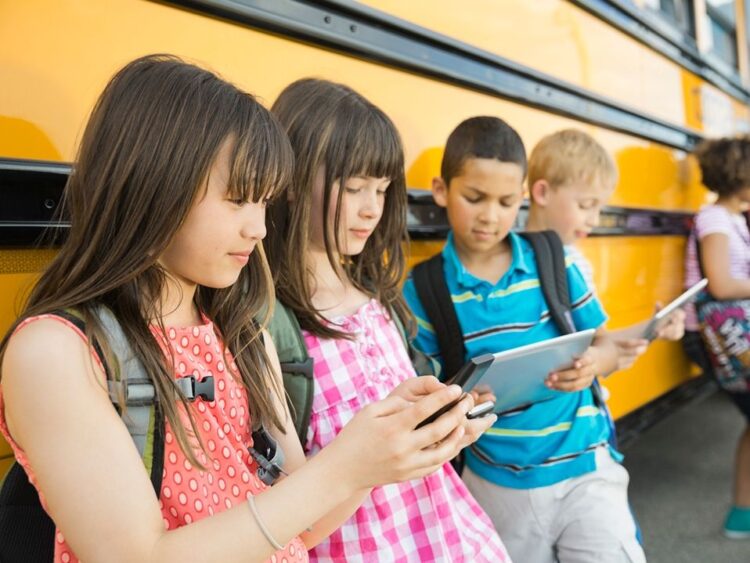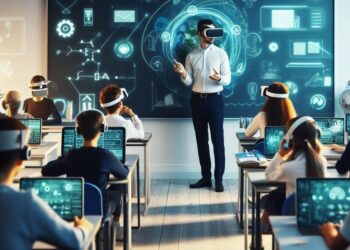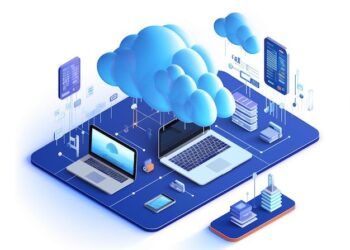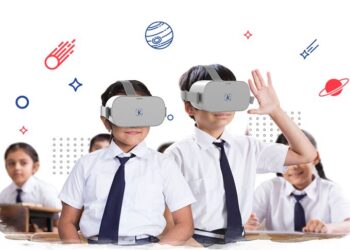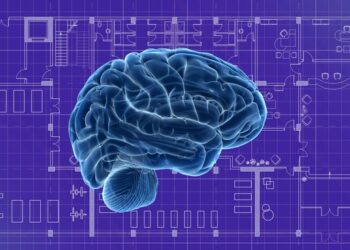The rapid shift to online learning has laid bare a significant global challenge: the digital divide. This term describes the gap between those who have reliable access to modern information and communication technology (ICT) and those who do not. While many of us take for granted our high-speed internet, personal laptops, and smartphones, a large portion of the world’s population, including many students, lacks these fundamental tools. This technological gap creates a chasm in educational opportunity, widening inequalities and leaving countless learners behind. Addressing this divide is no longer just a matter of convenience; it is an ethical and economic necessity. This article delves into the multi-faceted nature of the digital divide in education, its far-reaching consequences, and the innovative strategies being employed to close the gap.
The digital divide isn’t a single issue but a complex interplay of several factors. It’s not just about internet access; it’s about the quality of that access, the availability of appropriate devices, and the digital literacy skills needed to use them effectively. In a world where online learning, virtual classrooms, and digital resources are becoming the norm, a lack of any of these components can severely hinder a student’s academic progress and future prospects.
A. Defining the Digital Divide in Education
The concept of the digital divide has evolved over time. Initially, it was a simple binary: those with internet and those without. Today, the definition is far more nuanced, encompassing three primary levels of disparity.
A. Access Divide: This is the most basic form of the divide, referring to the physical lack of internet connectivity and suitable devices. This is particularly prevalent in rural or low-income areas where infrastructure is poor or non-existent. Without a stable internet connection, students cannot stream video lectures, submit assignments online, or participate in real-time virtual classrooms. Similarly, a lack of a personal computer or tablet forces students to rely on public libraries or shared family devices, which may not be available or suitable for focused study. The lack of a quiet, dedicated space at home to use these devices further compounds the issue. This is a problem of infrastructure and affordability.
B. Usage Divide: Even with access to technology, a gap can exist in how effectively it is used for educational purposes. This is often tied to digital literacy, which encompasses a student’s ability to navigate online platforms, evaluate information critically, create digital content, and communicate effectively in a virtual environment. A student may have a smartphone but lack the skills to use a complex learning management system (LMS) or discern credible sources from misinformation. This divide is often a result of a lack of proper training, mentorship, or exposure to digital tools. Educators also face this challenge, with some lacking the skills to effectively integrate technology into their teaching methods.
C. Quality of Use Divide: This is the most subtle but perhaps most important aspect. It relates to the difference in how students leverage digital tools to enhance their learning. For example, some students may use the internet for basic tasks like research, while others use it for advanced collaboration, project-based learning, and creative problem-solving. This gap is often influenced by socio-economic background, parental involvement, and the quality of schooling. Students from wealthier backgrounds often have a home environment that encourages and facilitates the use of technology for more sophisticated learning, giving them a significant advantage. This divide highlights the difference between simply having technology and using it meaningfully to improve educational outcomes.
B. The Consequences of an Unaddressed Divide
The ramifications of the digital divide extend far beyond a single school term. They create a ripple effect that impacts individuals, communities, and national economies.
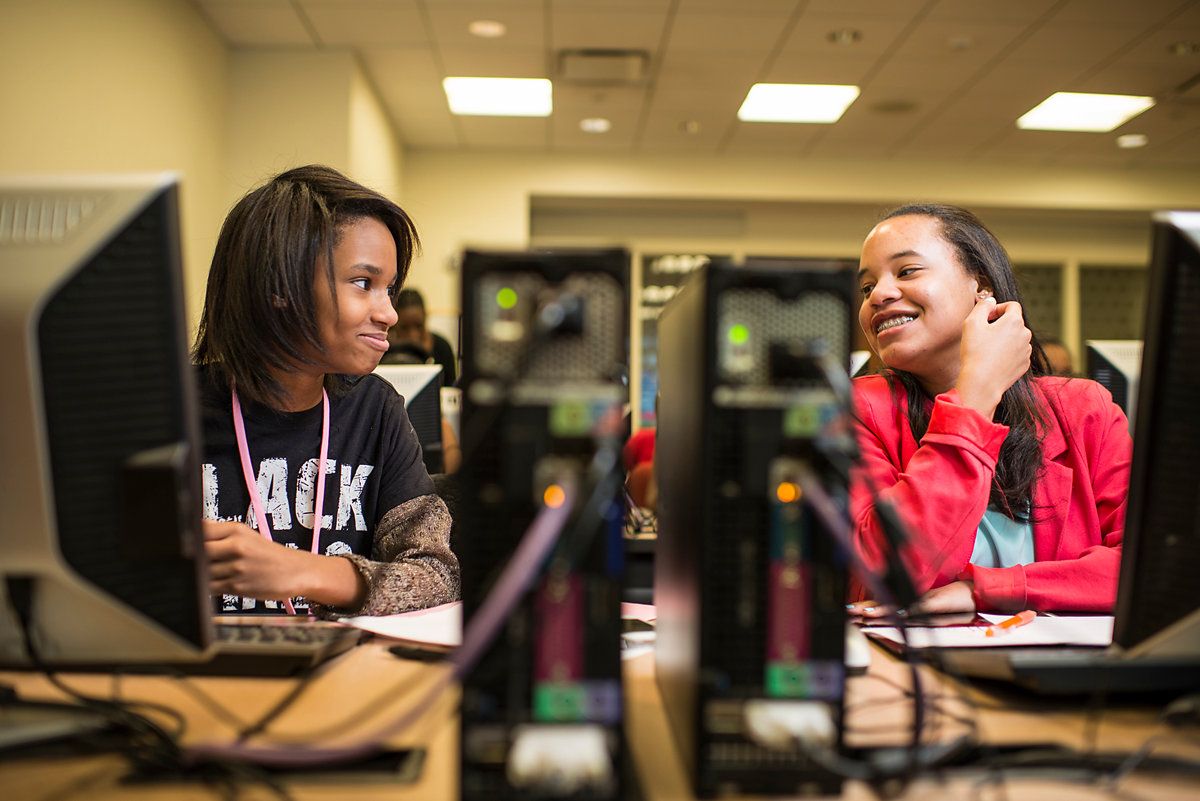
A. Widening Achievement Gaps: When online learning is the primary mode of instruction, students without reliable access or skills fall behind. They miss out on lectures, struggle to complete assignments, and cannot participate in class discussions. This leads to lower grades, higher dropout rates, and a widening of the academic gap between privileged and underprivileged students. Over time, this can translate into significant disparities in educational attainment and career opportunities.
B. Exacerbating Social Inequality: Education is often seen as a great equalizer, a path to social and economic mobility. However, the digital divide turns it into a force that perpetuates existing inequalities. Students from low-income families are disproportionately affected, creating a cycle of disadvantage where a lack of access to technology in their youth leads to fewer job opportunities and lower earning potential in their adulthood. This is a systemic issue that requires a comprehensive solution.
C. Hindering Economic Growth: A skilled workforce is a prerequisite for a competitive, modern economy. When a significant portion of a country’s population lacks the digital skills necessary to thrive in a technology-driven world, it directly impacts productivity and innovation. Industries from healthcare to finance are becoming increasingly reliant on digital tools. A workforce that is not digitally literate cannot keep up, slowing down economic growth and making a country less competitive on the global stage.
D. Mental Health and Well-being: The stress of not having the right tools for school can take a heavy toll on students’ mental health. The feeling of being left out, the frustration of a slow internet connection, and the anxiety of falling behind their peers can lead to feelings of hopelessness and social isolation. This psychological burden can further impede their ability to learn and succeed.
C. Strategies and Solutions: A Collective Effort
Closing the digital divide is not the responsibility of a single entity. It requires a concerted, collaborative effort from governments, educational institutions, private companies, and local communities.
A. Government and Policy Initiatives: Governments have a crucial role to play in building the necessary infrastructure. This includes investing in broadband expansion, especially in rural and underserved areas. Policies like subsidized internet access or providing laptops to low-income families can make a massive difference. For example, some countries have initiated programs to provide every student with a basic computing device, ensuring a minimum level of access for all. These large-scale initiatives are essential for creating an equitable foundation.
B. School and District Programs: Educational institutions are on the front lines of this battle. Schools can establish lending programs for devices like Chromebooks or tablets, providing students with the tools they need to learn at home. They can also create “hotspots” or mobile Wi-Fi buses that travel to low-connectivity neighborhoods, providing a physical location for students to get online. Additionally, schools can partner with community centers and libraries to create dedicated learning spaces with high-speed internet and tech support.
C. Public-Private Partnerships: Collaboration between public and private sectors is key. Tech companies can offer discounted hardware or software to schools and students. Internet service providers (ISPs) can offer affordable or free internet plans for low-income families. For instance, some companies have partnered with non-profits to create programs that refurbish old computers and distribute them to students in need. These partnerships leverage the resources and expertise of the private sector to achieve a public good.
D. Curriculum and Teacher Training: Simply providing technology is not enough. There needs to be a parallel effort to improve digital literacy among both students and teachers. Schools should integrate digital skills training into the curriculum, teaching students how to use online tools for more than just passive consumption. Teachers need professional development to learn how to effectively use technology as a pedagogical tool, moving beyond simply replicating traditional lectures online to creating interactive and engaging digital learning experiences.
D. The Future of Equitable Education
The COVID-19 pandemic accelerated the adoption of technology in education, making the digital divide a more urgent and visible problem. As we move forward, the solutions must be sustainable and forward-thinking.

A. Investing in Open Educational Resources (OER): OER are teaching, learning, and research materials in any medium—digital or otherwise—that reside in the public domain or have been released under an open license. By promoting the creation and use of OER, we can provide high-quality, free educational content to students regardless of their ability to purchase expensive textbooks or software. This democratizes knowledge and makes education more accessible to all.
B. Embracing Hybrid Learning Models: The future of education is likely to be a blend of in-person and online learning. A robust hybrid model can offer the best of both worlds, providing flexibility and access while retaining the social and collaborative benefits of the physical classroom. To make this model work, schools must ensure that the online component is accessible to all students, regardless of their home environment or technological resources.
C. Policy Focus on Social Equity: Moving beyond simple access, future policies should focus on closing the usage and quality-of-use divides. This means a greater focus on digital literacy programs, mentorship initiatives, and ensuring that educational content is culturally relevant and accessible to diverse student populations. The goal is not just to provide a computer but to empower students to become skilled, confident, and critical users of technology.
D. The Role of AI and Personalized Learning: Artificial intelligence (AI) can be a powerful tool for bridging the gap. AI-driven platforms can provide personalized learning paths, adapting to a student’s pace and style. This can help students who have fallen behind catch up, providing them with the targeted support they need. However, it is crucial to ensure that these tools are developed and deployed ethically and equitably, so as not to introduce new forms of bias or disparity.
In conclusion, the digital divide in education is a complex, multi-layered problem with profound consequences. However, it is not an insurmountable challenge. By implementing targeted policies, fostering strong public-private partnerships, and focusing on a holistic approach that includes infrastructure, devices, and digital literacy, we can create a more equitable and inclusive educational system for all. The future of learning depends on our ability to ensure that every student, everywhere, has the tools and skills to succeed in a digital world.

